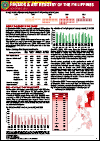What's New
Displaying results 201 - 210 of 4052
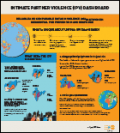
Resource | Infographics,
Reliable and comparable data on violence against women is essential for prevention and response efforts. UNFPA’s first geospatial dashboard on intimate partner violence focuses on sub-national data. It features disaggregated data on IPV by age, place of residence, employment, education, and household wealth, and includes data for 119 countries.

Resource | Publications,
NCASC has summarized in PowerPoint how COVID-19 pandemic affected the delivery of key services of National HIV programme, and our ongoing efforts to ensure incessant delivery of HIV prevention, testing, treatment and care services.
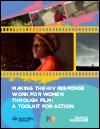
Resource | Tools,
Many women and girls worldwide continue to face rejection, prejudice, economic insecurity, rights violations and violence from partners, family members, communities and institutions as a harsh consequence of HIV-related stigma and discrimination and persistent gender inequalities. Using a feature film ‘Pili’ about a woman living with HIV in rural Tanzania, making difficult choices, fighting against stigma and building her agency, this Toolkit for Action aims to support national efforts in identifying key issues women living with and affected by HIV face and actions that are required to address these challenges and existing gaps in the HIV response.
The toolkit will be used by national governments, civil society, various UN and development partners in their efforts to improve gender equality in the HIV context.
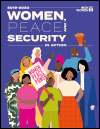
Resource | Publications,
This report demonstrates the possibilities, showcasing the breadth of UN Women’s work on women, peace, and security in 2019, and the growing capacity to bridge immediate crises with interventions and strategies for prevention and peacebuilding that last for the long term. With comprehensive partnerships across the United Nations, Member States, and civil society, UN Women is well-positioned to respond, both during the COVID-19 pandemic and beyond, emerging from the current crisis on a path to lasting peace, justice, equality, and inclusion for all.
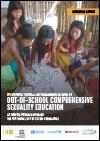
Resource | Publications,
This guidance is intended to assist anyone designing and/or implementing CSE in out-of-school settings, especially in low- and middle-income countries. This includes international and national civil-society organizations, community-based organizations, government departments, UN agencies, health authorities, non-formal education authorities and youth development authorities. It is also intended for anyone else involved in the design, delivery and evaluation of sexuality education programmes out of school, especially those working with the specific groups of young people addressed in the guidance.
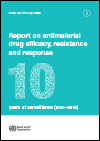
Resource | Publications,
Antimalarial drug resistance has emerged as a threat to global malaria control efforts, particularly in the Greater Mekong subregion. Drawing on data collected through more than 1000 therapeutic efficacy studies as well as molecular marker studies of Plasmodium falciparum drug resistance, the Report on antimalarial drug efficacy, resistance and response: 10 years of surveillance (2010–2019) presents a decade’s worth of data on drug efficacy and surveillance, as well as recommendations to monitor and protect the efficacy of malaria treatment in the decades to come.
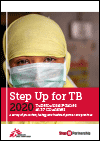
Resource | Publications,
This Step Up for TB 2020 report by the Stop TB Partnership and Médecins Sans Frontières (MSF) summarises findings from the 4th survey of national TB policies in the Step Up for TB series. This edition presents data on 37 high-burden countries (representing 77% of the global estimated TB incident cases), assessing the extent to which national policies align with international best practices based on WHO guidelines and the latest scientific research. It also reports on some of the barriers to policy adoption and implementation identified by NTPs, although it does not attempt to portray the level of implementation across all policies featured. It offers an insight into the ambitions of governments around the world regarding the care they aim to provide. These ambitions are considered in the context of countries’ global commitments and progress in implementation, as reported by WHO.
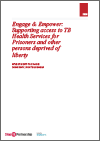
Resource | Publications,
This package forms part of a broader series of interventions to find and treat all people with TB, particularly those who currently face barriers to accessing TB services or completing TB treatment, and to support an enabling environment for overcoming the various legal, social and economic barriers that people affected by TB encounter. While it is acknowledged that persons deprived of liberty is a broad description that may include prisoners, this package specifically focuses on the latter and considers specific measures that may be adopted to ensure the effective realization of their right to access TB (and other) health services.
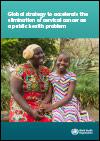
Resource | Publications,
Women living with HIV have a six-fold increased risk of cervical cancer when compared to women without HIV. This higher risk is manifested throughout the lifecycle starting with an increased risk of acquiring human papilloma virus infection (HPV), more rapid progression to cancer, lower chances of regression of pre-cancer lesions, higher rates of recurrence following treatment.






